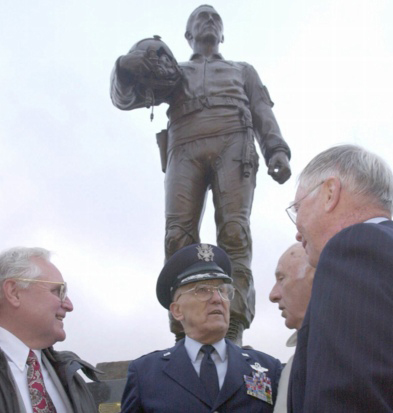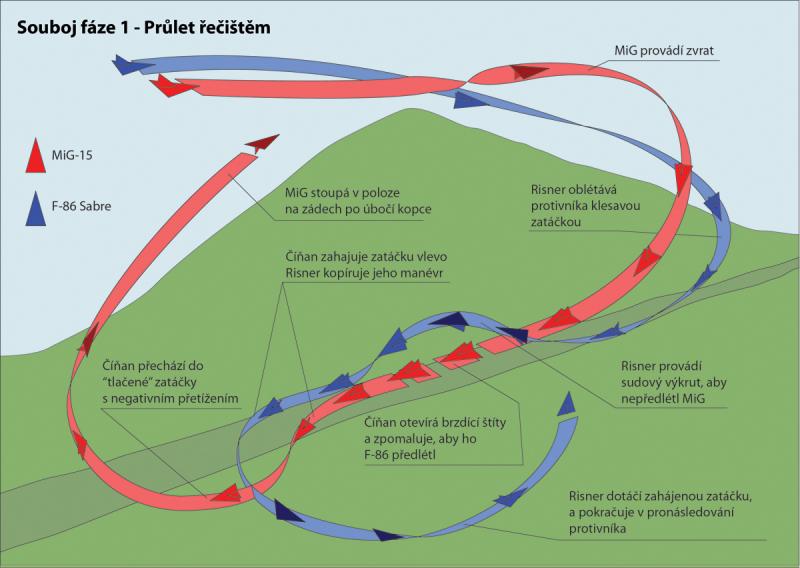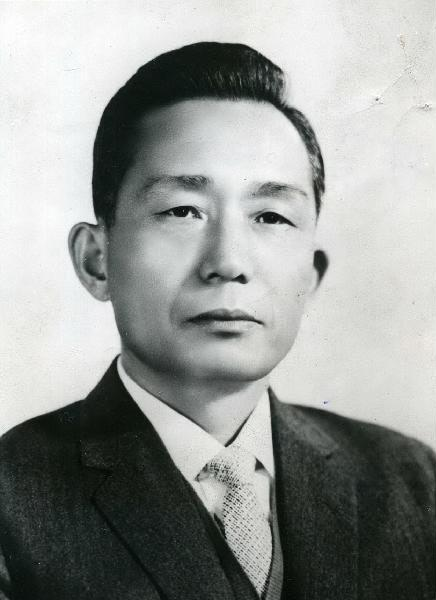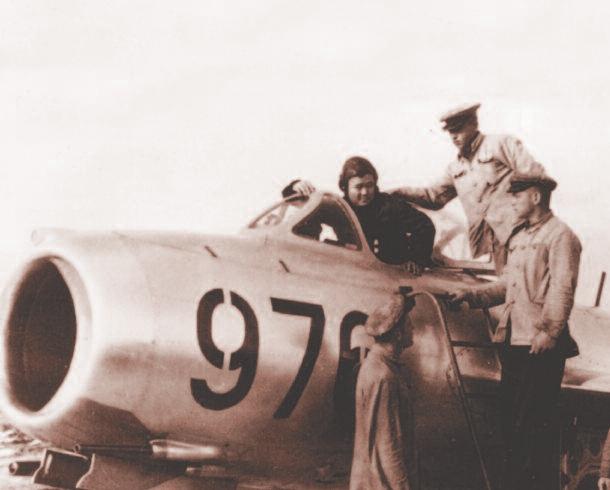
Korean War [1950-1953]


DPRK and the consequences of the division of the Korean Peninsula

DPRK and the consequences of the division of the Korean Peninsula 1.

DPRK and the consequences of the division of the Korean Peninsula 2.

DPRK and the consequences of the division of the Korean Peninsula 3.

DPRK and the consequences of the division of the Korean Peninsula 4.

DPRK and the consequences of the division of the Korean Peninsula: Conclusion

DPRK and the consequences of the division of the Korean Peninsula: Introduction

F-86F Saber versus MiG-15 (1) - Twentieth Ace

F-86F Saber versus MiG-15 (2) - How to push Saber

F3D-2N versus MiG-15 - the controversial fight

Frederick C. Blesse

Korean history summed up in a single shot

Korean War (1950–1953)
A brief overview of the war on the Korean peninsula.

Slovaks in the Supervisory Commission of Neutral States in Korea in 1953 - 1993

Soviet volunteers in the Korean War
On November 1, 1950, six Soviet fighters were assigned to patrol the Yalu River: Maj. Strojkov, Lt. Guts, Kaznachev and Lt. Monachov, Chiz and Sanin. The MiG-15 of the latter failed to start, so the remaining five led by a World War II veteran Strojkov, who had 16 individual victories, set out for the sky. At 14.15, the leader of the second pair of Lt. Col. Guts saw three Mustang fighters and the Soviets attacked without delay. They took too high a speed during the dive, so there was not much time left to aim and shoot. The Americans easily avoided the dose fired by Lt. Chiz and escaped back south by a ground flight. However, por. Chiz claimed the first victory.

The clutches of the American eagle I

Battles
Join us
We believe that there are people with different interests and experiences who could contribute their knowledge and ideas. If you love military history and have experience in historical research, writing articles, editing text, moderating, creating images, graphics or videos, or simply have a desire to contribute to our unique system, you can join us and help us create content that will be interesting and beneficial to other readers.
Find out more